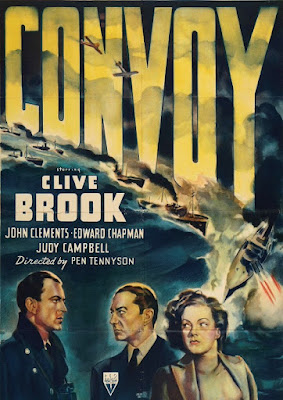The one time Peter Sellers directed himself in a feature film. Not that he didn’t plan more, or try taking over the reins elsewhere. But fresh off G.B. Shaw’s THE MILLIONAIRESS/’60, producers Dimitri De Grunwald & Pierre Rouve (who also did this adaptation) tried to repeat their success with Marcel Pagnol’s much-adapted/very Shavian play. Result: a resounding critical & commercial flop that essentially disappeared.* Now, decades later, it’s restored from three surviving, rather faded, prints. Looking more monochrome than EastmanColor, but worth the trip even for non-Sellers fans, if not a patch on two 1933 versions: a debuting Louis Jouvet in France; John Barrymore in Hollywood.* What’s striking is how a degraded, nearly b&w image imparts natural distancing that helps rather than hurts the highly stylized acting Sellers & Co. go for in the first half of the film as Sellers’ sweetly shy, naive teacher refuses to upgrade a failing student’s score, loses his job & putative fiancé, then finds fortune as a do-nothing executive patsy signing fraudulent papers for a fat cat capitalist. (Sellers using character actor Richard Haydn - the Uncle in THE SOUND OF MUSIC - in doofus mode as model.) The trick almost pays off in the third act when the now fully corrupted Topaze turns tables, trading off a holy fool’s innocence for worldly financial gains. This happens far too quickly here, and Sellers misjudges the effect his actors make (though Herbert Lom’s forced laugh already perfected). But the play remains funny & thought-provoking and the film more watchable now than it must have been when it was new.
ATTENTION MUST BE PAID: *Bad enough for U.S. distributor 20th/Fox to wait over a year before its Stateside opening under a ghastly new title: I LIKE MONEY.
DOUBLE-BILL/LINK: *As mentioned, the superb 1933 Hollywood version, adapted by Ben Hecht for pal John Barrymore who personally choose the project. https://maksquibs.blogspot.com/2019/04/topaze-1933.html






























